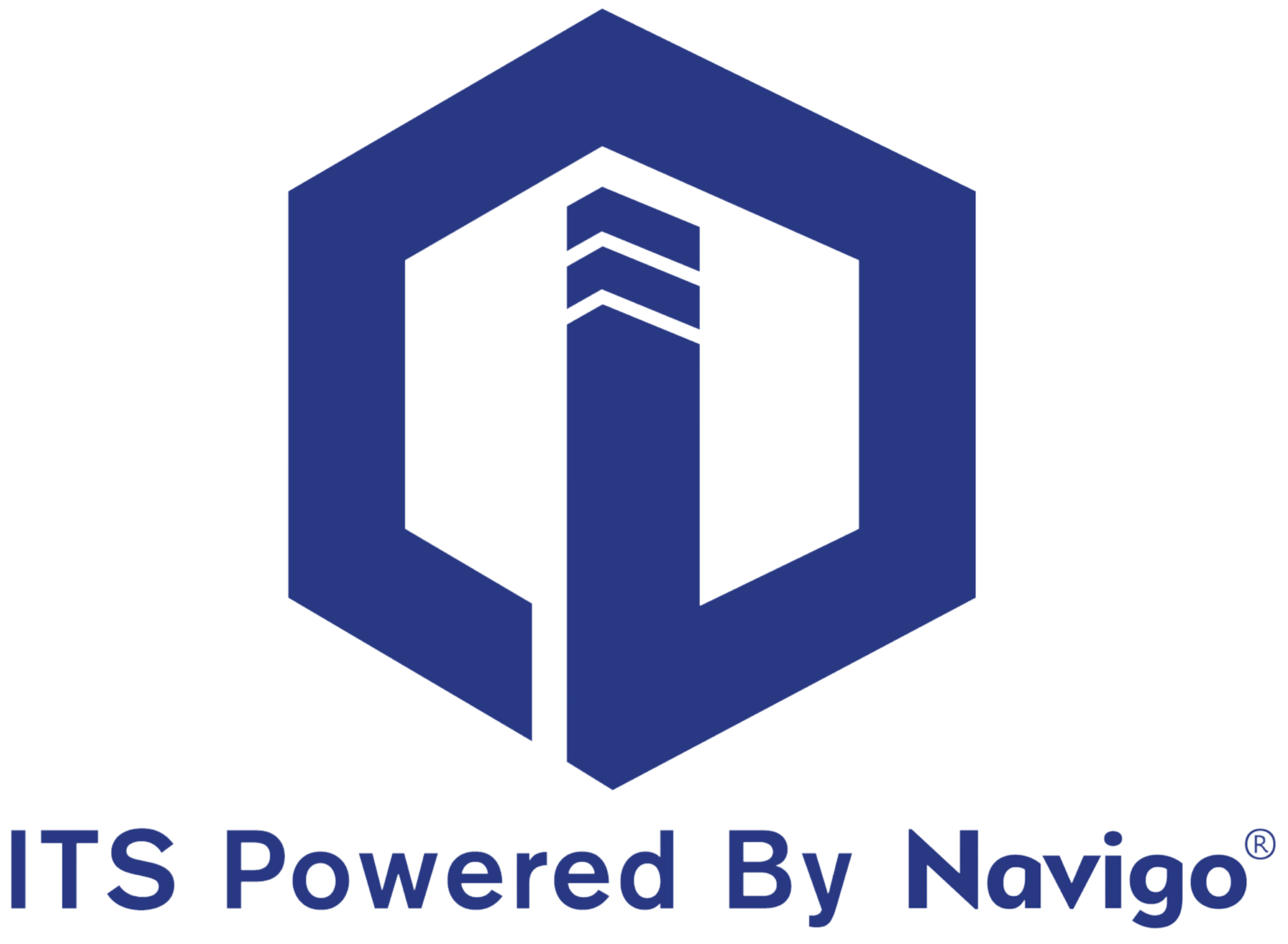Headquarters
7150 Columbia Gateway Drive, Suite L, Columbia, MD 21046
New York Location
112 West 34th Street, 18th floor, Room 18025 New York, NY 10001

The Importance of Digital Touchscreen Kiosks: Key Solutions for Buildings Serving Tenants, Employees, and Visitors
7 minute read | Updated October 22, 2024
In the age of digital transformation, businesses are turning to innovative technologies to streamline operations, enhance communication, and provide better services. Digital touchscreen kiosks are one such technology that offers a wide range of solutions to improve the experience for tenants, employees, patients, and visitors. By integrating features like ADA and Section 508 compliance, as well as capabilities for information exchange, data collection, and financial transactions, these kiosks offer a versatile tool for modern buildings.
Here’s a look at the different types of kiosks and why companies should consider offering these solutions within their facilities.
The 5 Digital Kiosk Types
1. ADA Compliant Kiosks: Accessibility for All
ADA (Americans with Disabilities Act) compliance is critical in providing equal access to all individuals, regardless of physical abilities. ADA-compliant kiosks are designed to ensure that people with disabilities can use digital services just as easily as anyone else. Features of these kiosks include:
Height-adjustable screens to accommodate individuals in wheelchairs.
Voice assistance and screen readers for those with visual impairments.
Large, easy-to-read fonts and icons for users with limited vision.
Tactile buttons and braille instructions for improved accessibility.
By offering ADA-compliant kiosks, businesses not only meet legal requirements but also create a more inclusive environment. This helps attract a broader demographic of tenants and visitors, demonstrating a commitment to equal accessibility and providing a better overall user experience.
2. Section 508 Compliant Kiosks: Digital Inclusivity for Government and Private Sectors
Section 508 of the Rehabilitation Act requires that federal agencies’ electronic and information technology (EIT) systems be accessible to people with disabilities. Section 508-compliant kiosks ensure that digital services provided by government buildings—or businesses that interact with government agencies—are usable by everyone, including individuals with disabilities. These kiosks often feature:
Keyboard navigation for users who cannot operate a touchscreen.
Visual cues and sound-based feedback to assist users with impairments.
Accessible features that comply with federal guidelines on digital accessibility.
For companies that partner with government entities or are subject to federal regulations, providing Section 508-compliant kiosks ensures they remain in compliance with these mandates. This enhances the user experience for everyone, allowing them to interact with digital content seamlessly.
3. Information-Out Kiosks: Simplifying Communication and Wayfinding
Information-out kiosks, often seen as wayfinding or directory kiosks, are designed to provide users with quick and easy access to important information. These kiosks can offer building directories, event schedules, news updates, and interactive maps. Benefits include:
Efficient wayfinding for visitors and tenants.
Real-time information updates for announcements or emergency alerts.
Interactive displays that allow users to search for directions, businesses, or services within the building.
For companies managing large facilities or multi-tenant buildings, information-out kiosks reduce the need for printed materials and staff assistance. They streamline communication and offer an intuitive user experience, making it easier for everyone to navigate the building and stay informed.
4. Data Collection Kiosks: Enhancing Customer Interaction and Insight
Data collection (or information-in) kiosks allow businesses to gather valuable insights from their tenants, employees, and visitors. These kiosks enable users to input data, fill out surveys, or provide feedback, all while maintaining a user-friendly interface. Key benefits include:
Capturing real-time feedback on tenant or visitor satisfaction.
Conducting quick surveys to gather opinions on building services.
Collecting contact information for future communications or promotions.
By installing data collection kiosks, businesses can make informed decisions based on user input, improving services, and tailoring experiences to the needs of their tenants and visitors. These kiosks can help create a more personalized and responsive environment, leading to higher satisfaction rates.
5. Transactional Kiosks: Streamlining Financial Interactions
Transactional kiosks are designed to handle money exchanges, allowing users to make payments or process transactions without the need for face-to-face interactions. These kiosks can be used for:
Accepting payments for rent, services, or utilities.
Processing purchases for food, beverages, or other building amenities.
Handling ticket sales, parking fees, or event registration fees.
For businesses with frequent financial transactions, transactional kiosks provide a convenient, contactless solution. These kiosks save time for both users and staff, improve efficiency, and reduce the need for physical cash handling. In addition, they offer secure payment processing, which enhances the overall trust and security for building occupants and visitors.
The Key Takeaway
Digital touchscreen kiosks offer a wide range of benefits for businesses, tenants, employees, and visitors alike. By providing accessible solutions, gathering critical data, and facilitating easy financial transactions, these kiosks streamline processes and improve the user experience. Here are a few reasons why companies should consider integrating these kiosks into their buildings:
Enhanced Accessibility: ADA and Section 508 compliance ensure that businesses cater to individuals with disabilities, fostering inclusivity and meeting legal obligations.
Improved Efficiency: Information-out and transactional kiosks reduce the need for manual labor, providing self-service options that save time and resources.
Increased Engagement: Data collection kiosks offer a direct line to tenants and visitors, giving businesses the opportunity to gather insights, improve services, and enhance customer satisfaction.
Security and Convenience: Transactional kiosks provide secure, cashless payment solutions, ensuring smoother operations while maintaining a safe environment.
By incorporating digital touchscreen kiosks that serve a variety of functions, companies can create a more streamlined, efficient, and accessible environment for everyone who enters their buildings. From improving communication and user experience to meeting compliance requirements, these kiosks offer a range of solutions that benefit both businesses and users.
Explore itouchinc.com for more information on our solutions or contact us for needs unique to your property or project.
7150 Columbia Gateway Drive, Suite L, Columbia, MD 21046
112 West 34th Street, 18th floor, Room 18025 New York, NY 10001
Toll-Free
Phone
© Copyright 2025 ITS, Inc. All rights reserved.
Stay in touch with the latest news and updates from ITS, Inc.